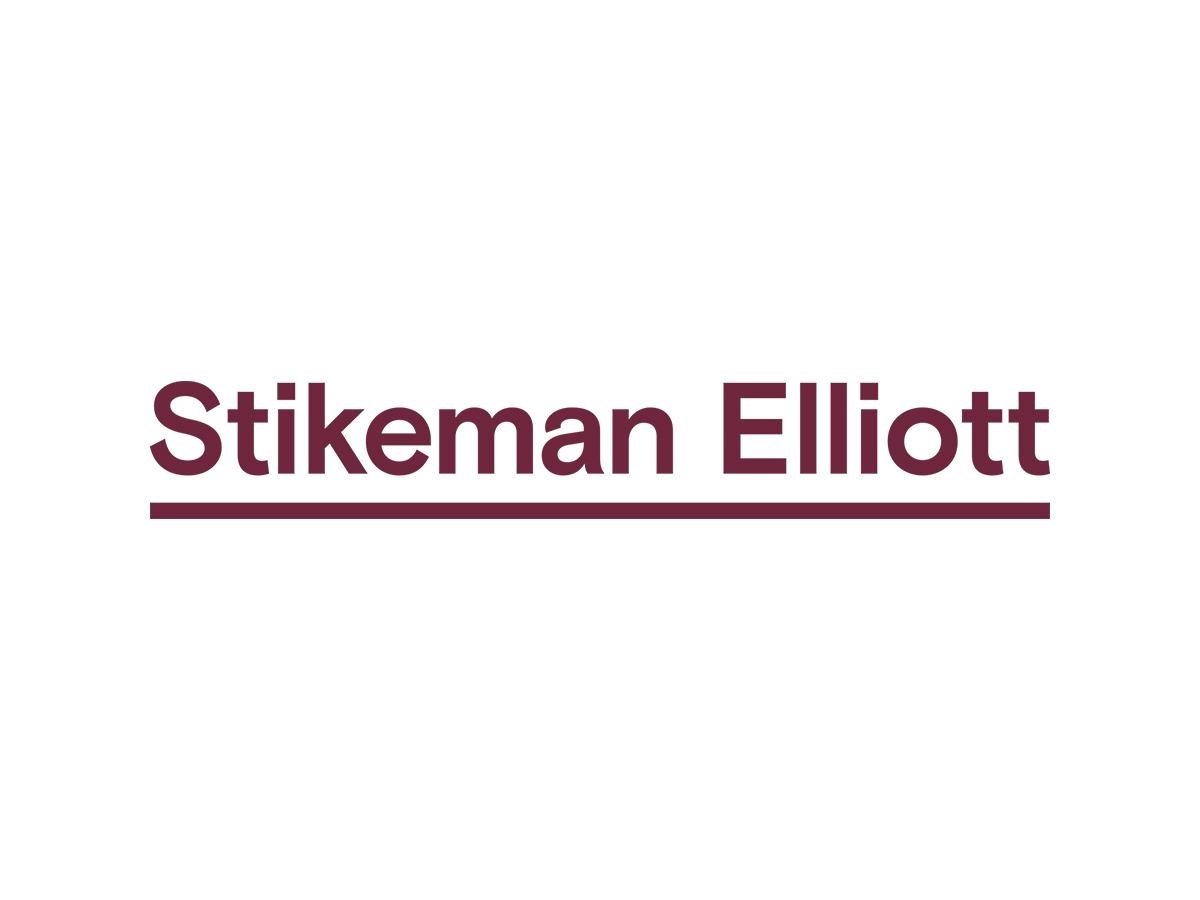The final amendments to the Québec Charter of the French Language (“Charter”) introduced by Bill 96 will come into force on June 1, 2025. These changes relate to how non-French trademarks can appear on commercial signage and product packaging. Although the amendments introduced by Bill 96 were originally intended to limit the exception permitting “recognized” non-French trademarks to appear on external signage and inscriptions to only those marks that are “registered” under the Trademarks Act (Canada), the government of Québec has since walked back on this change in the final version of the Regulation to amend mainly the Regulation respecting the language of commerce and business (the “Amended Regulation”). As of June 1, 2025 “recognized” (i.e., common law) non-French trademarks will continue to be allowed to appear on external signage and inscriptions so long as certain conditions (described in more detail below) are met.
See our posts from August 2022, June 2023 and January 2024 for a summary of the main business-related changes that Bill 96 made to the Charter.
Product Packaging
The basic rule remains the same: there must be a French version of every inscription (i.e., label) on product packaging and on documents supplied with a product, such as the directions for use, warranty, etc., unless an exception applies. Another language may also be used but the other language cannot have greater prominence than the French inscription and cannot be available on more favourable terms.
One exception is for trademarks which can appear exclusively in English on product packaging. As of June 1, 2025, this exception will be limited such that if a generic term or product description is included in the English language mark on the product, including on its container or wrapping, or any document or object supplied with it, the term or description will have to appear in French on the product or on a medium permanently attached to it. A description refers to one or more words describing the characteristics of a product, and a generic term refers to one or more words describing the nature of a product. In each case, the name of the enterprise and the name of the product as sold is excluded from the definition and may appear exclusively in English.
The regulatory body responsible for compliance, the Office québécoise la langue française (“OQLF”), has provided some visual representations of these rules on its website (available in French only), reproduced below for ease of reference:

As of June 1, 2025, the above example will be considered non-compliant. In the past, it would have been considered compliant because the entirety of the text is trademarked. Going forward, the trademarks “Toothpaste, Whitening, Gum care, Mint flavor, Main active ingredient : fluorine” and “Dentists trust this product” will be required to also appear on the product in French or on a medium permanently attached to it because they include generic terms and product descriptions. “Happy Teeth” will not have to be translated because it is the name of the product as sold.

The above example will be considered compliant even after the June 1, 2025 changes, because the entirety of the text is produced in both languages other than “Happy Teeth” which is the name of the product as sold and can therefore appear on product packaging exclusively in English.
Note that there is a grace period for non-compliant products which will still be allowed to be distributed, retailed, leased or sold until June 1, 2027, provided they were:
- Manufactured before June 1, 2025 and that no French-language version of the product’s trademark was registered before the end of February 2024;
- Manufactured between June 1-December 31, 2025 and subject to the new labelling standards provided by the Regulations Amending the Food and Drug Regulations (Nutrition Symbols, Other Labelling Provisions, Vitamin D and Hydrogenated Fats or Oils) or the Regulations Amending the Food and Drug Regulations and the Cannabis Regulations (Supplemented Foods).
Public Signs and Posters
Bill 96 modified the current trademark exemption for public signs and posters visible from outside premises and added new requirements if these signs and posters include the name of a business which includes an expression in a language other than French.
The basic rule remains the same: public signs and posters and commercial advertising must be in French. On such signs and posters and in commercial advertising, a trademark may be drawn up, even partially, in English, provided that no corresponding French version appears in the register kept by the Canadian Intellectual Property Office.
As of June 1, 2025, on public signs and posters visible from outside premises, as is the case of storefronts, French will be required to be markedly predominant where either a trademark or a business name appears in a language other than French.
Pursuant to the Amended Regulation, French is considered to be marked predominantly where the text in French has a much greater visual impact, within the same visual field, than the text in English. In practice, this means that (1) the space allotted to the French text is at least twice as large as the space allotted to the text in another language; and (2) the French text’s legibility and permanent visibility are equivalent to those of the text in another language. A “same visual field” refers to an overall view where all the components of the public signs and posters and commercial advertising are visible and legible at the same time without the passerby having to move.
In other words, neither English business names nor trademarks on signs visible from outside premises need to be translated, but French must be marked predominantly on such signs within the same visual field. To ensure that French is markedly predominant, public signs and posters of a trademark or a business name visible from outside premises must be accompanied by terms in French, in particular a generic term, a description of the relevant products or services, or a slogan.
In case of non-compliance, the OQLF may, among other things, ask for an injunction to order the removal of signage which contravenes the Charter at the expense of the offending party.
The OQLF has provided some visual representations of these rules on its website (available in French only), reproduced below for ease of reference:



Fines
Fines for contravention of the above provisions of the Charter have been increased to between $700 and $7,000 for individuals and $3,000 and $30,000 in other cases. The minimum and maximum fines are doubled for a second offence and tripled for a subsequent offence. If the offence continues for more than one day, each day will be considered as a separate offence, which will have a multiplying effect on the amount of the fine.
[View source.]


.ashx?la=en-ca&hash=EF7AC93775683E5D4E33DC20780B2026)
.ashx?la=en-ca&hash=547524E29538742C05321AE776449BF9)





